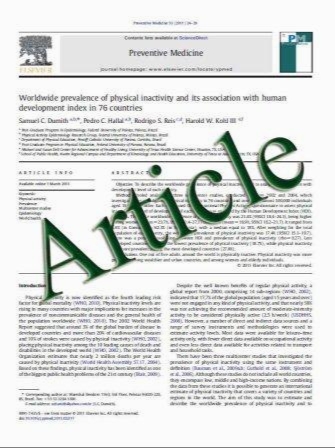Bradycardia without associated hypertension: a common sign of ventriculo-peritoneal shunt malfunction
- نوع فایل : کتاب
- زبان : انگلیسی
- مؤلف : John H. Livingston & Helen G. McCullagh & Gagan Kooner & Anne-Marie Childs & Paul Chumas & Atul Tyagi & John C. Taylor
- چاپ و سال / کشور: 2010
Description
Introduction Delayed diagnosis of ventriculo-peritoneal (VP) shunt malfunction results in avoidable morbidity and mortality. One reason is that most of the signs of shunt malfunction have low specificity. Objective The objective of this study was to evaluate the presence of bradycardia as a sign of VP shunt malfunction in children with treated hydrocephalus. Methods Children presenting with clinical features suggestive of possible VP shunt malfunction were retrospectively identified. Children with confirmed shunt malfunction formed the study group. Those who did not have shunt malfunction formed the control group, and the symptoms and signs were compared between the two groups. In particular, the presence of bradycardia (a heart rate less than the second centile of age-related norms) was sought. The positive predictive value (PPV) of bradycardia was compared with other common features of shunt malfunction. Results Data were obtained for 52 patients: 34 in the study group (data from 40 admissions) and 18 controls. Bradycardia was present in 18 of 40 (45%) of the study group and 2 of 18 (11%) controls (p=0.011). Only two of the patients with bradycardia had associated hypertension. The PPV for bradycardia was 90% compared with 92% for reduced conscious level and 65% for both headache and vomiting (the four commonest presenting features). Conclusions Bradycardia without hypertension is common in children with VP shunt malfunction. The significance of bradycardia is often not recognised; the value of this sign should be emphasised.
Childs Nerv Syst (2011) 27:729–733 DOI 10.1007/s00381-010-1315-7 Received: 3 June 2010 / Accepted: 14 October 2010 / Published online: 30 October 2010


